Frog Habitat On Public Land
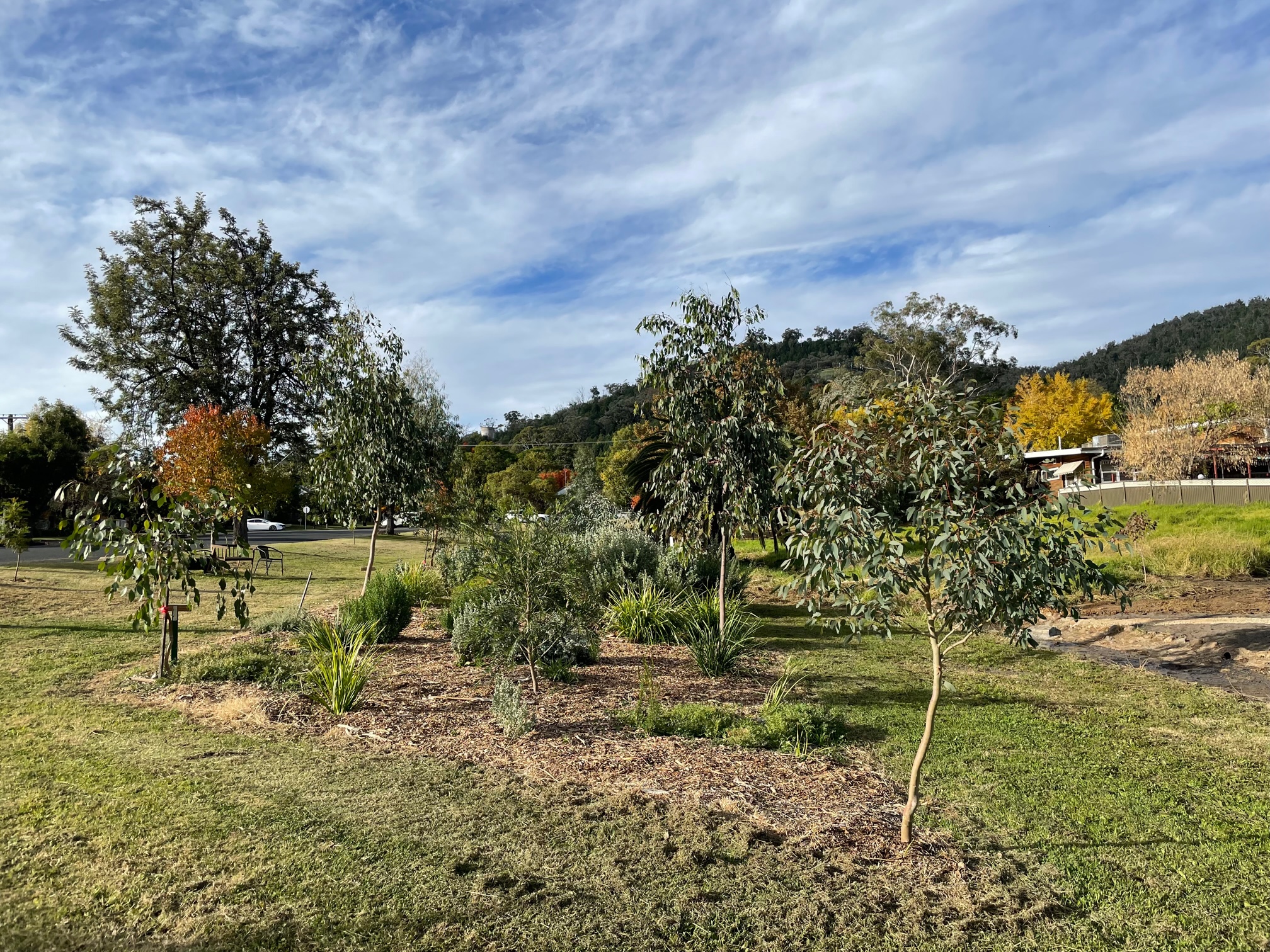
Local residents, with the support of Tamworth Regional Council and Tamworth Regional Landcare Association, are working together to create a biodiverse habitat for the native birds, insects, small mammals, frogs and reptiles that call East Tamworth home.
By planting native trees, shrubs, grasses and groundcovers, the group is creating an urban refuge for wildlife, and an accessible venue for local children to learn about nature, and partake in citizen science.
The project commenced in May 2021, with the planting six species of local Eucalyptus. In October of that year, two ‘shrub zones’ were commenced, and in May 2023 a wet boggy area was excavated to create a frog pond. The revegetated area around the pond was expanded in 2025.
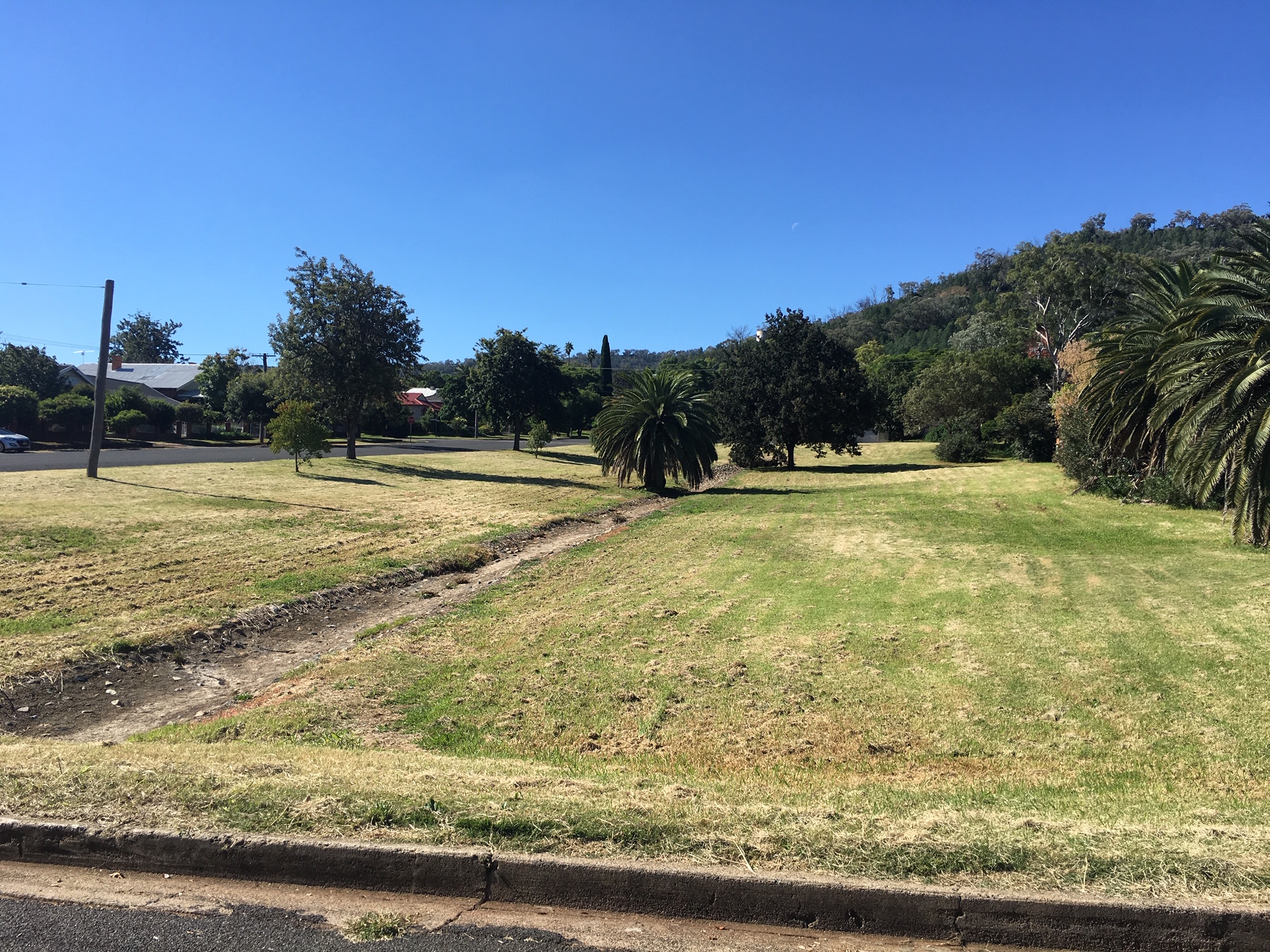
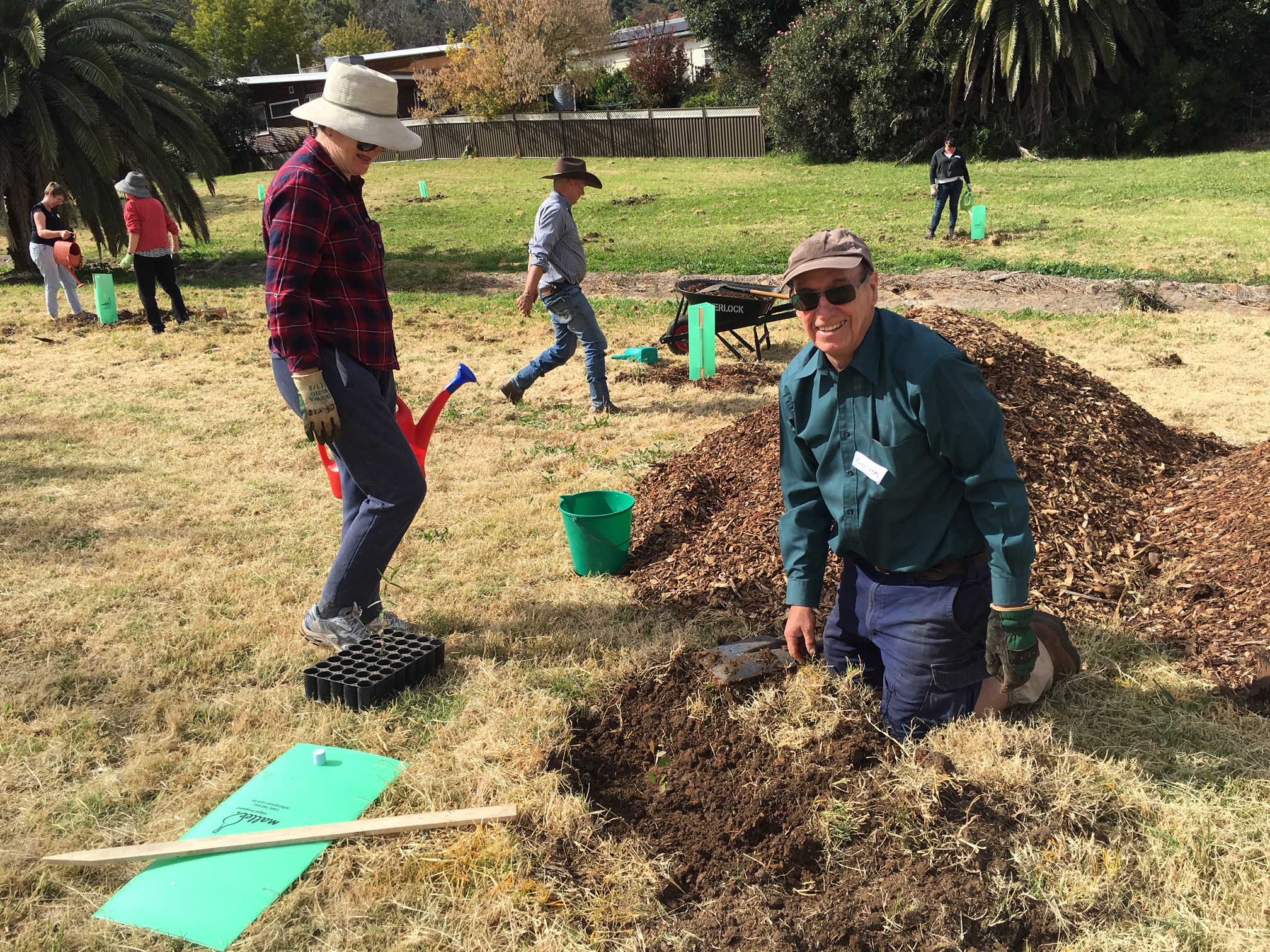
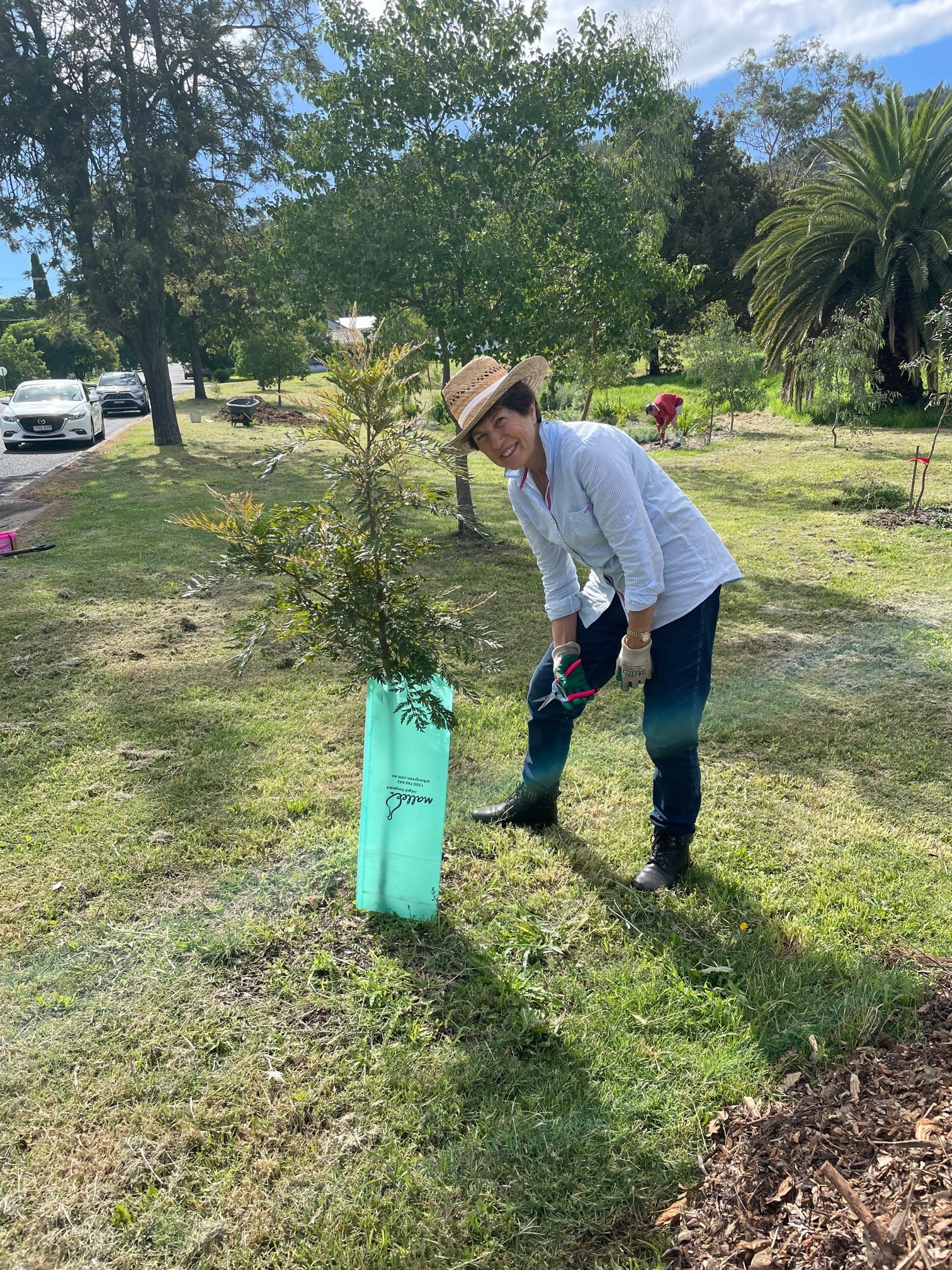
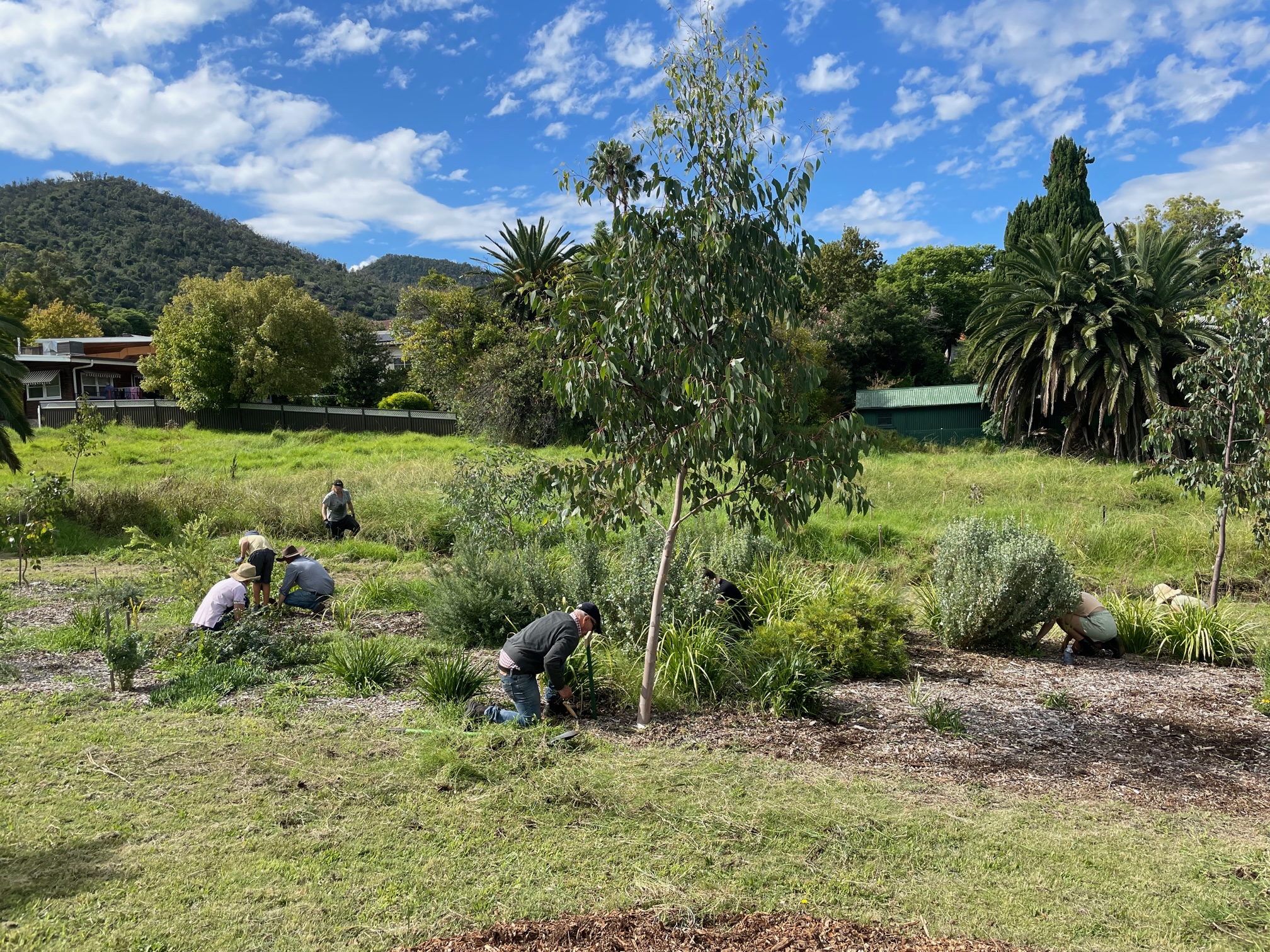
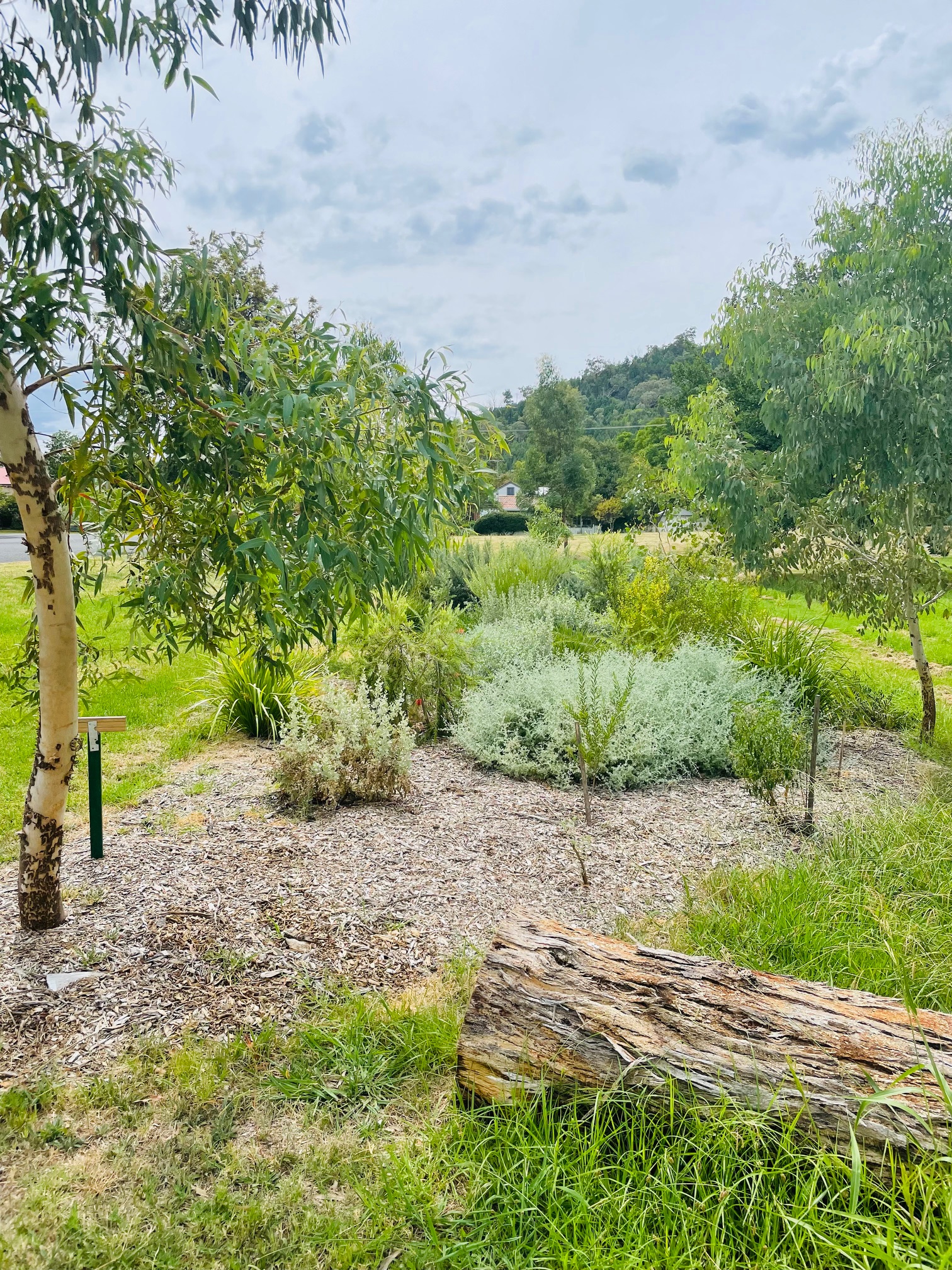
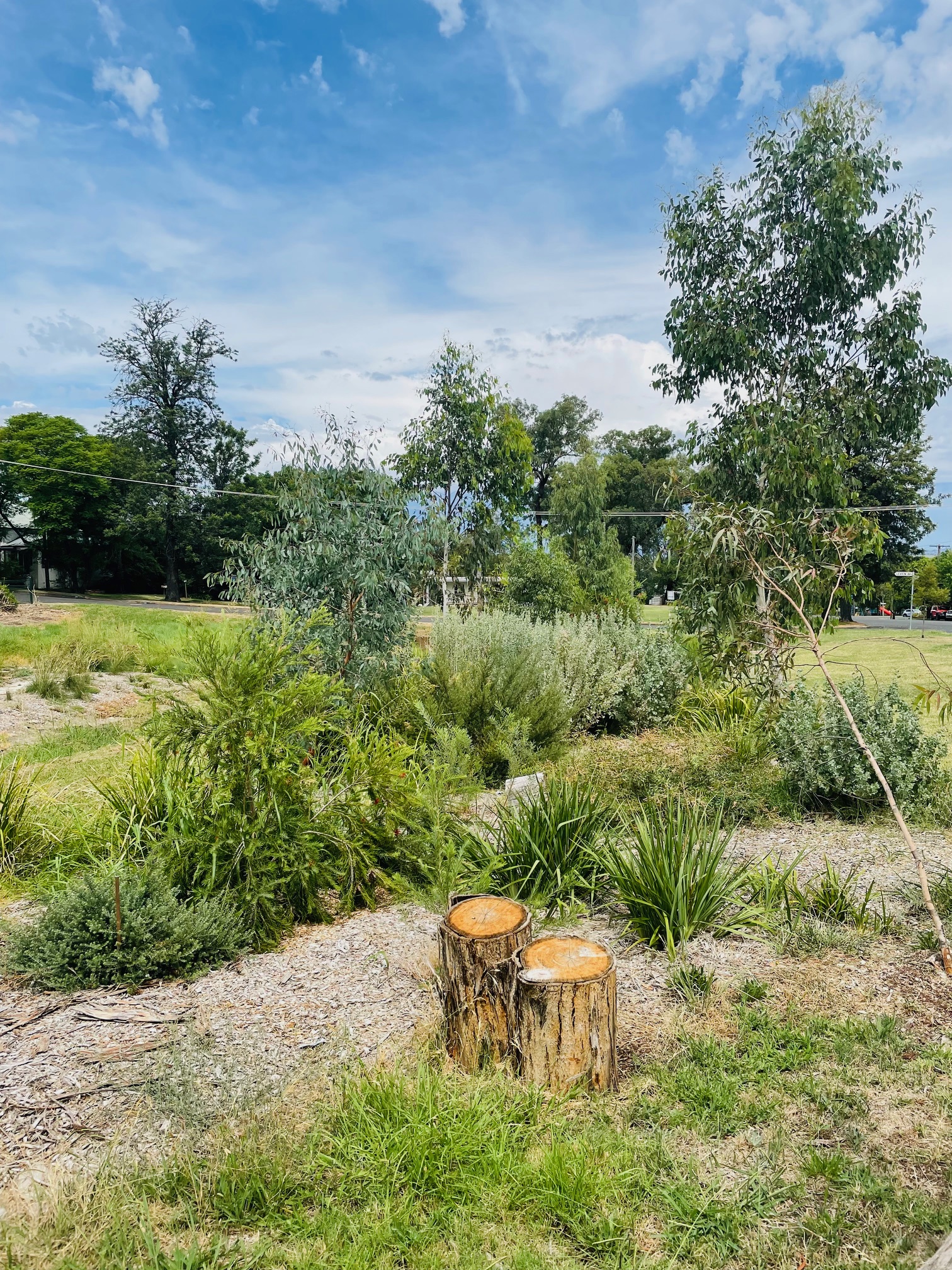
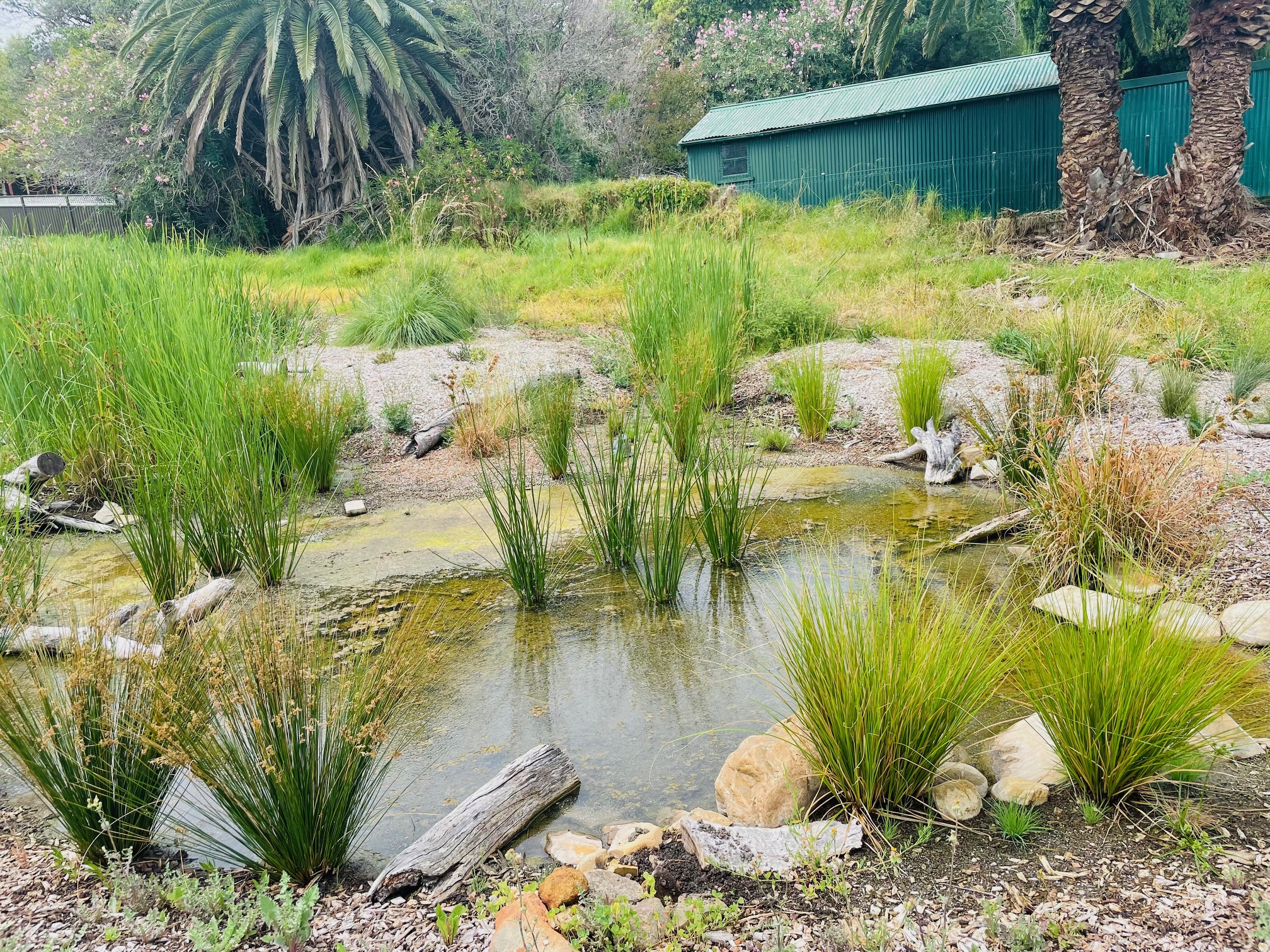
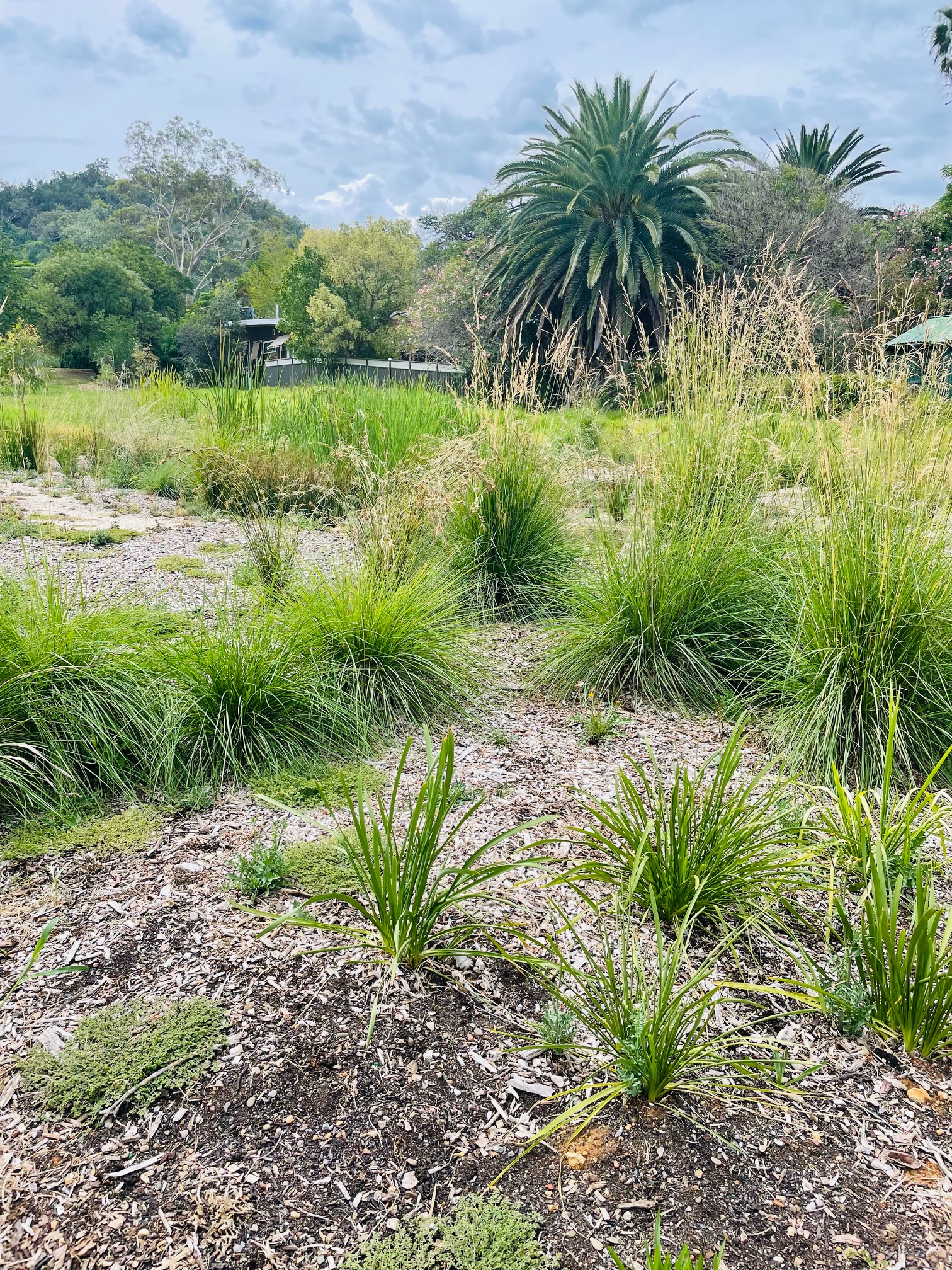
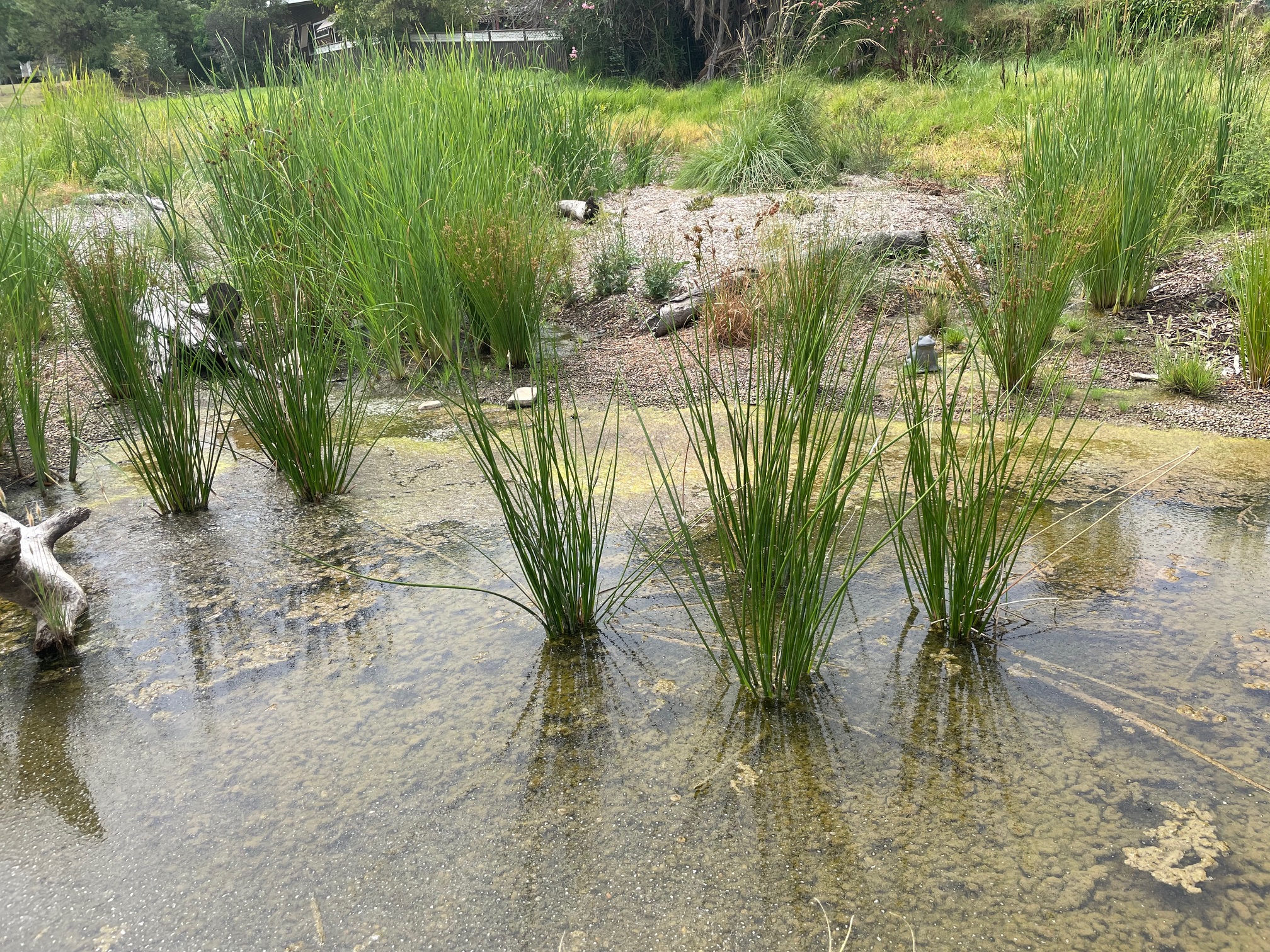
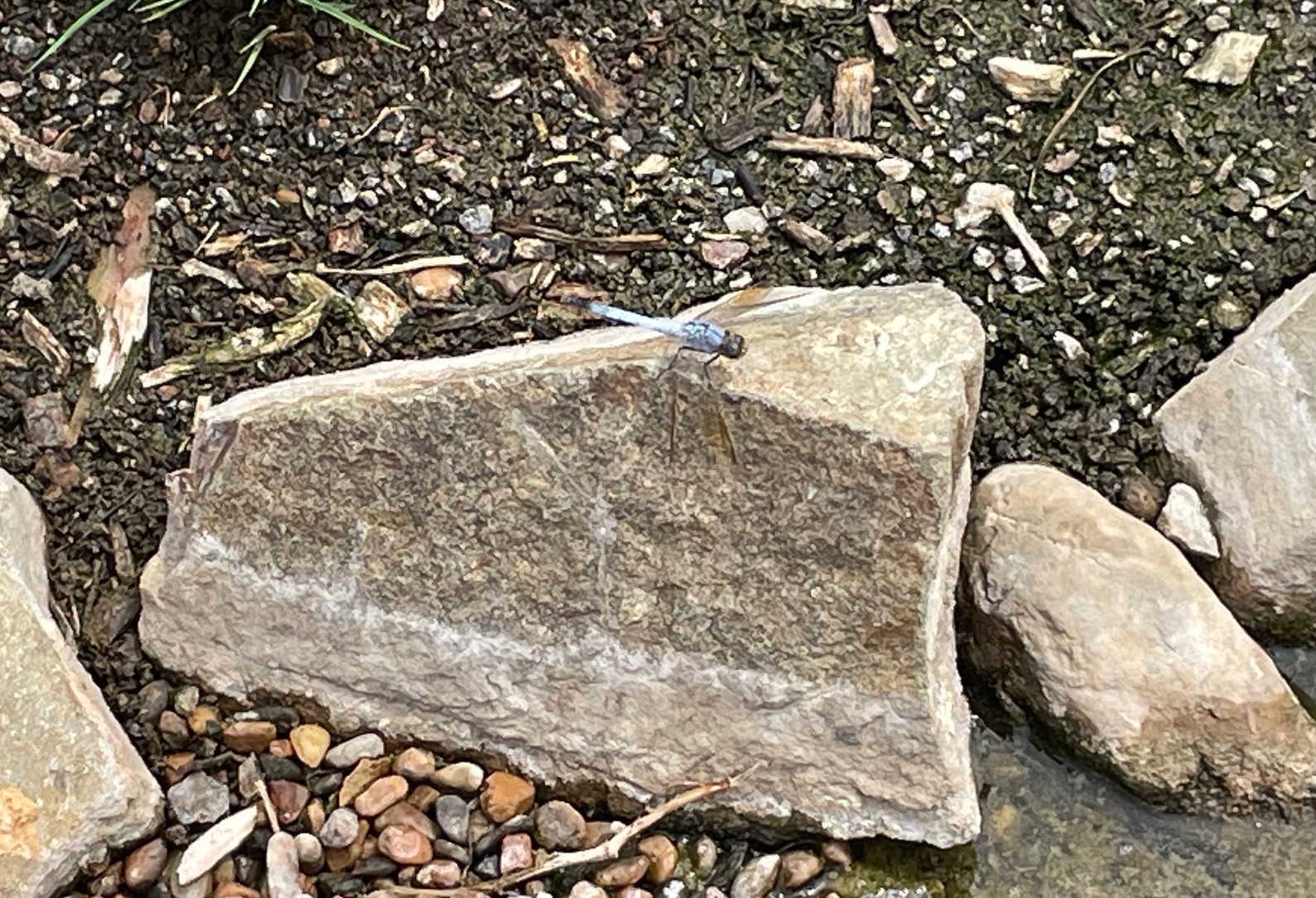
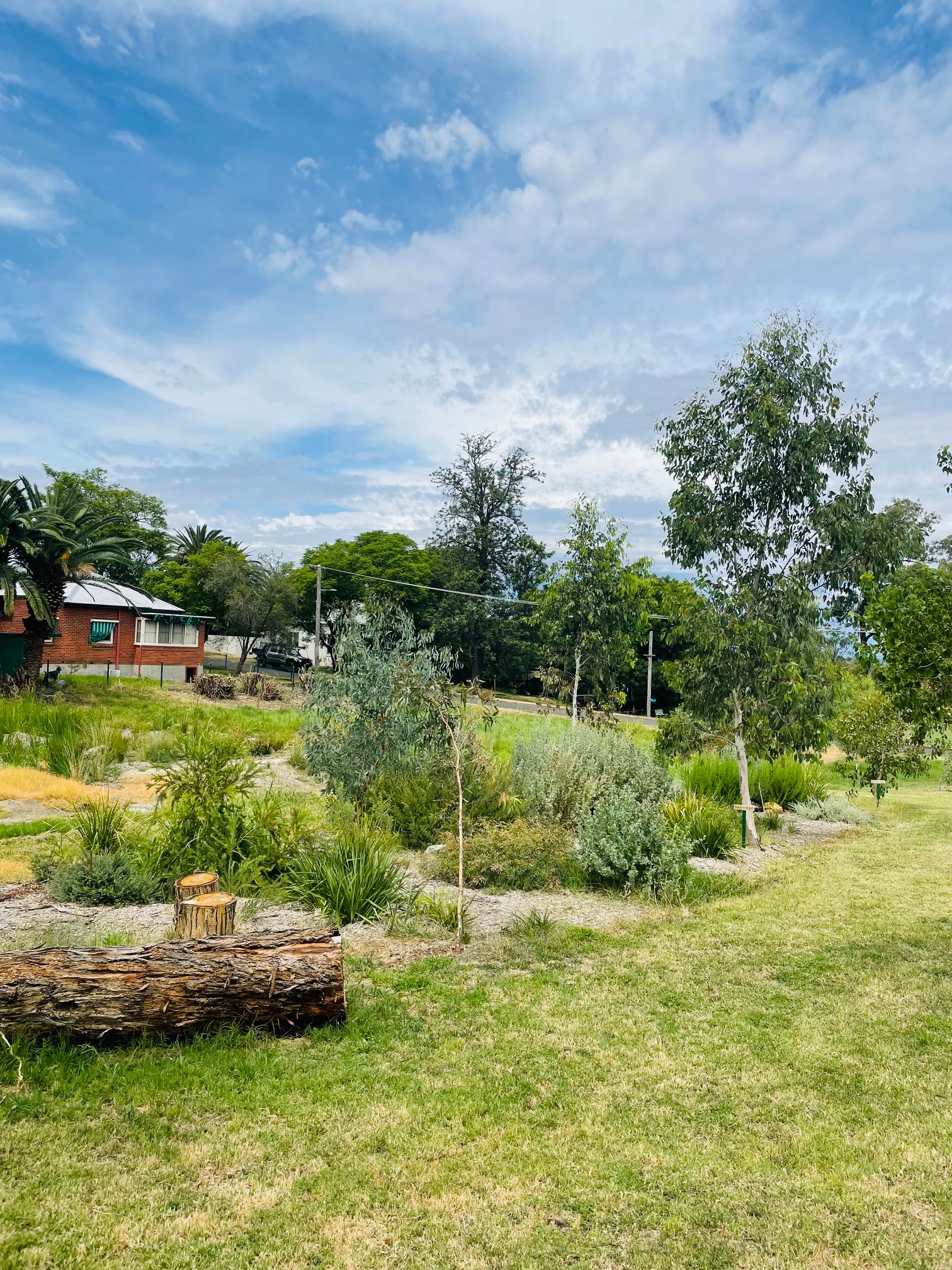
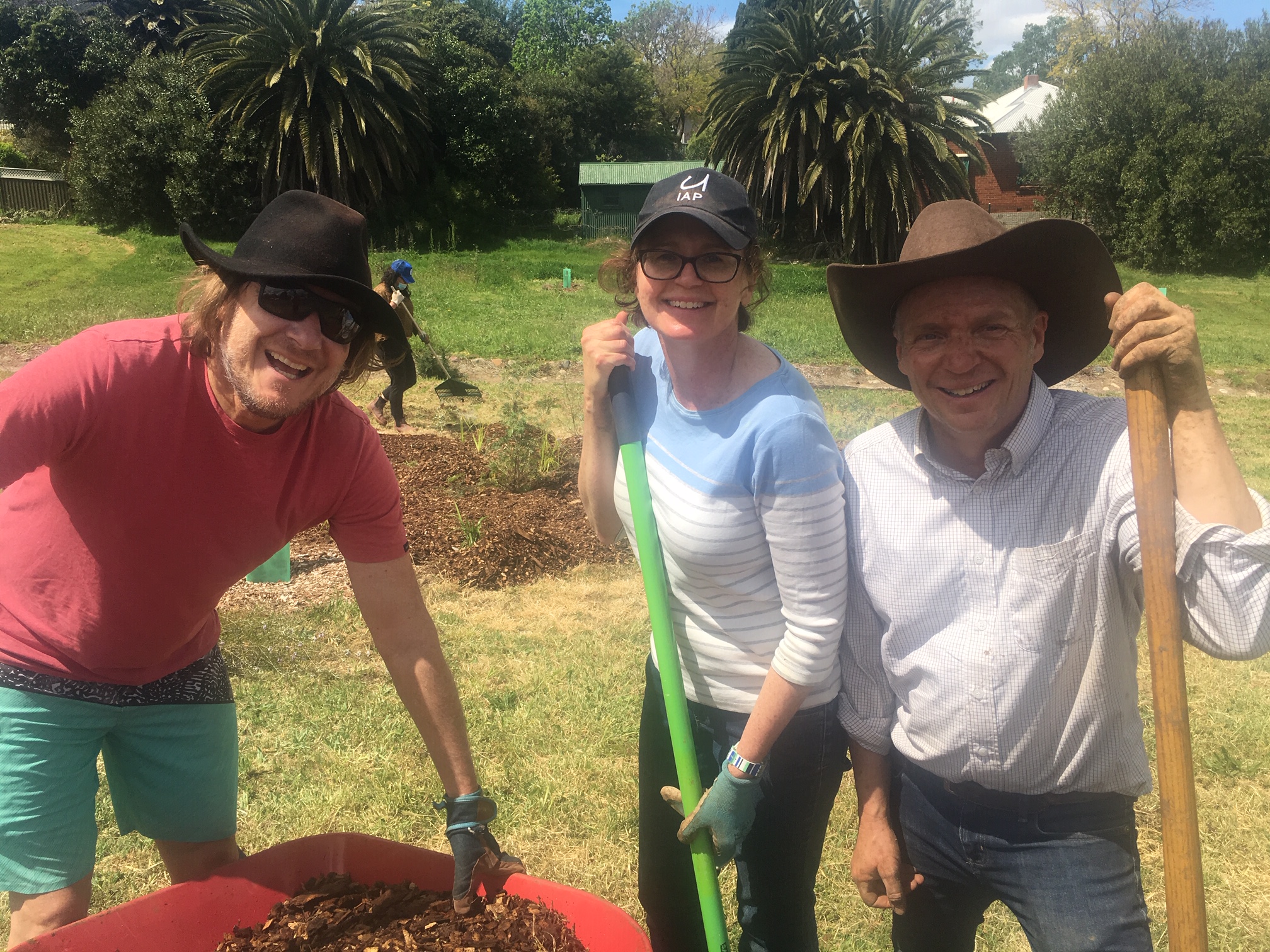
A new partnership with Tamworth Local Aboriginal Land Council, saw the planting out of a new bed devoted to culturally significant native
plants such as Midgen berry, Warrigal Greens, Ruby Saltbush, Waterbush, Nodding Chocolate Lily, Darling Lily and others.
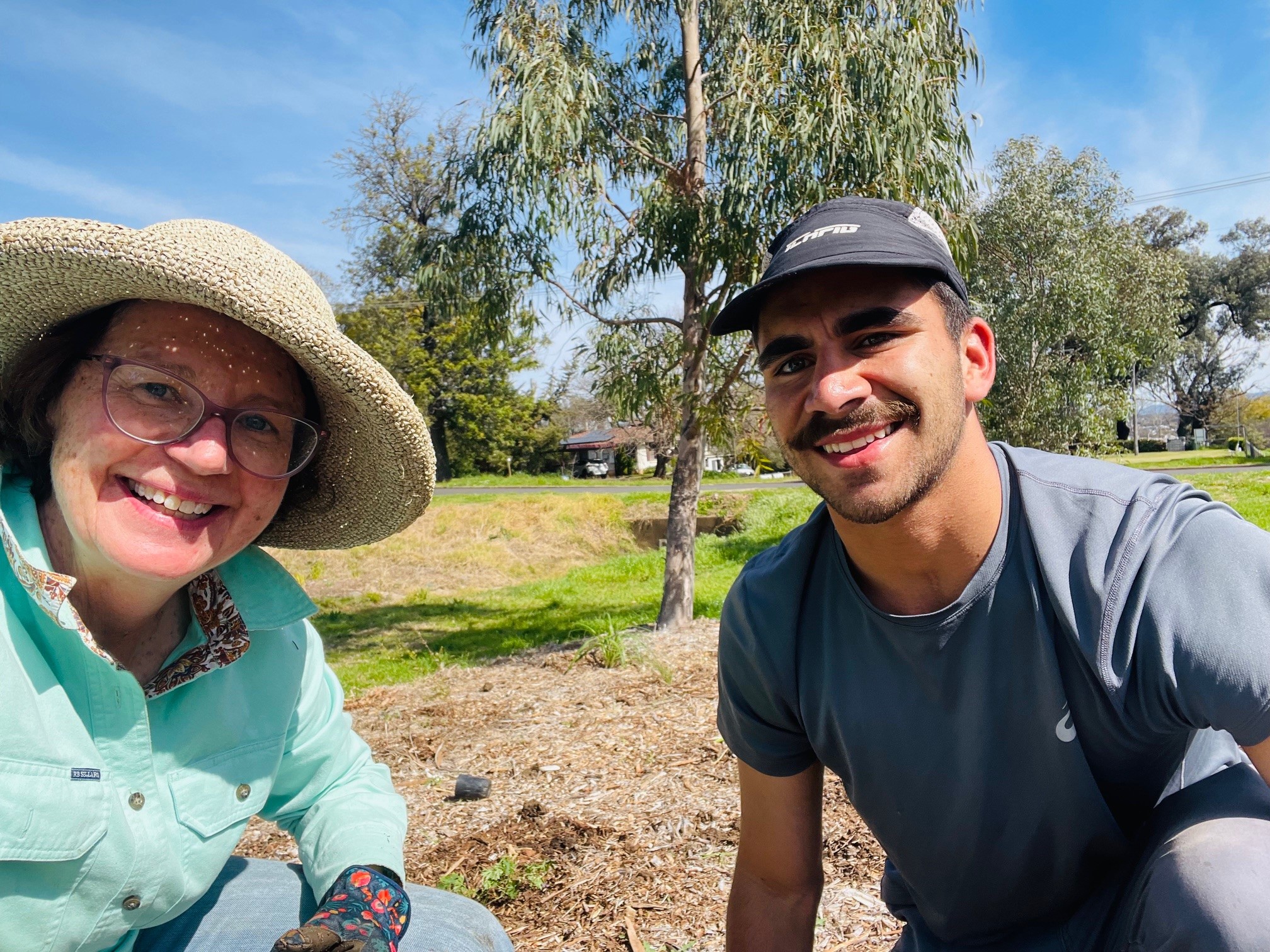
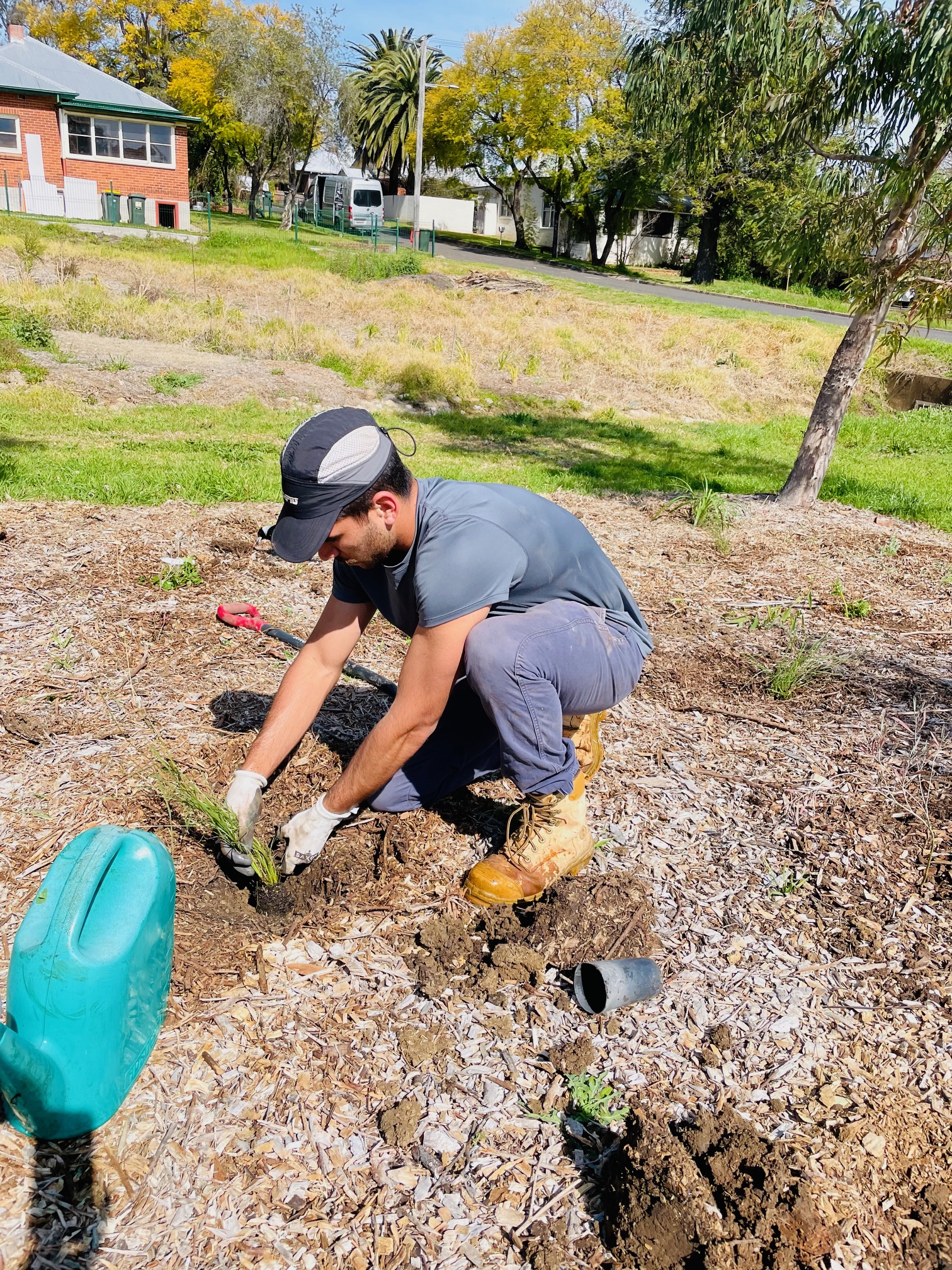
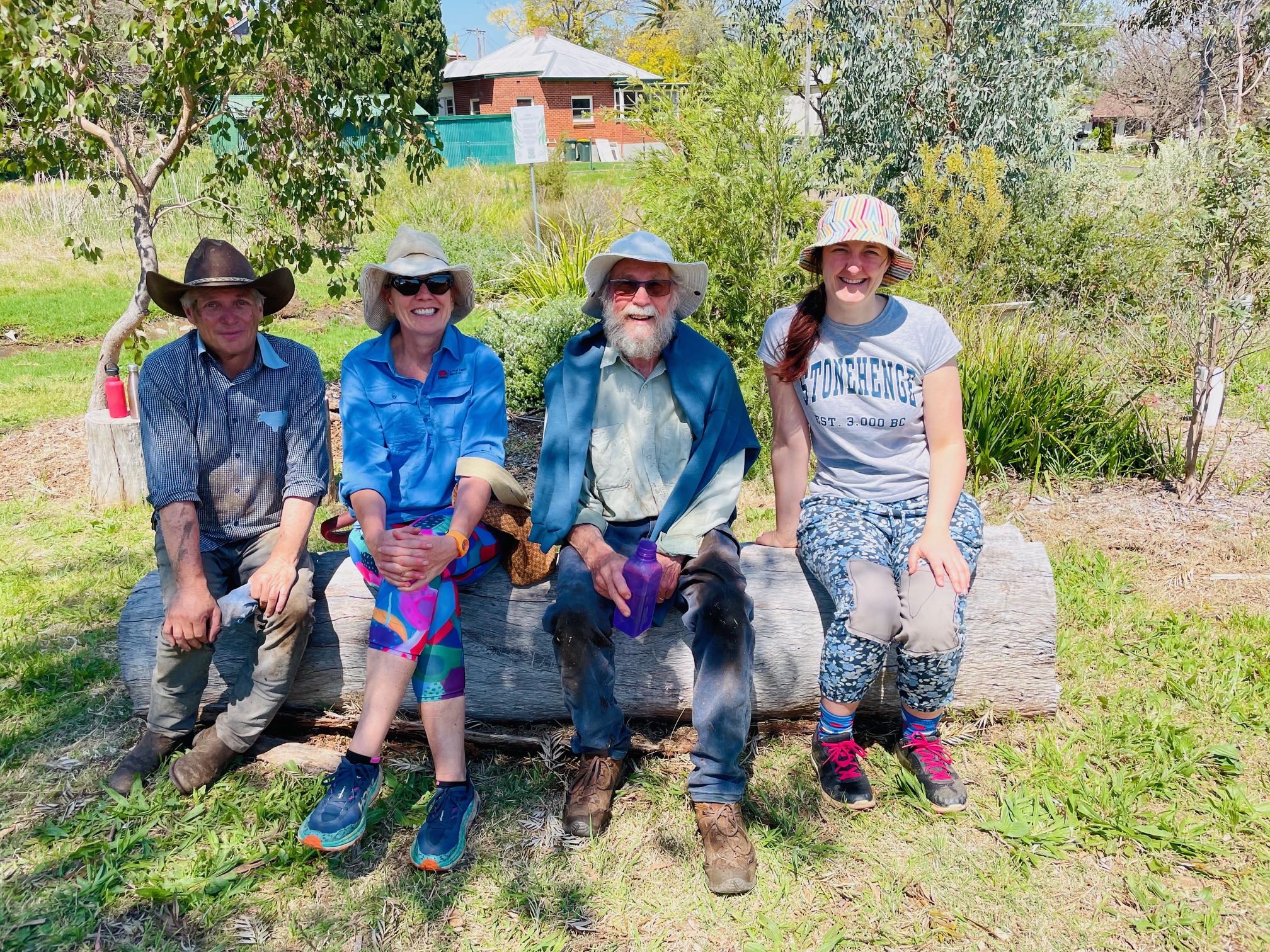
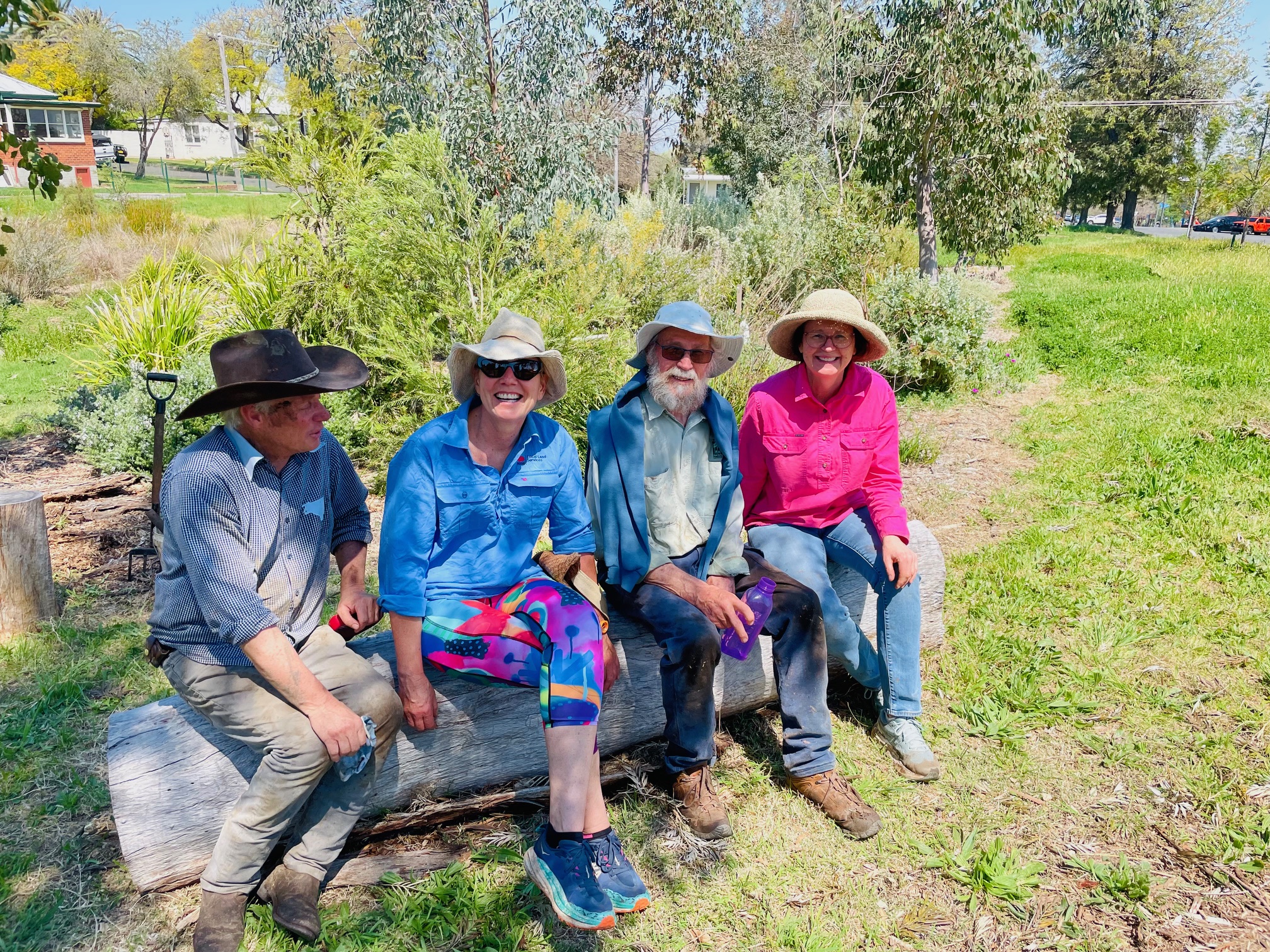
Landcarers continue to care for the park, by coming together regularly on weekend working bees. In addition to caring for the new native
vegetation, they have added rocks and logs to the site, offering habitat for wildlife. Currawong Park Volunteers have a goal of
hosting 100 species of native plants by the end of the decade.
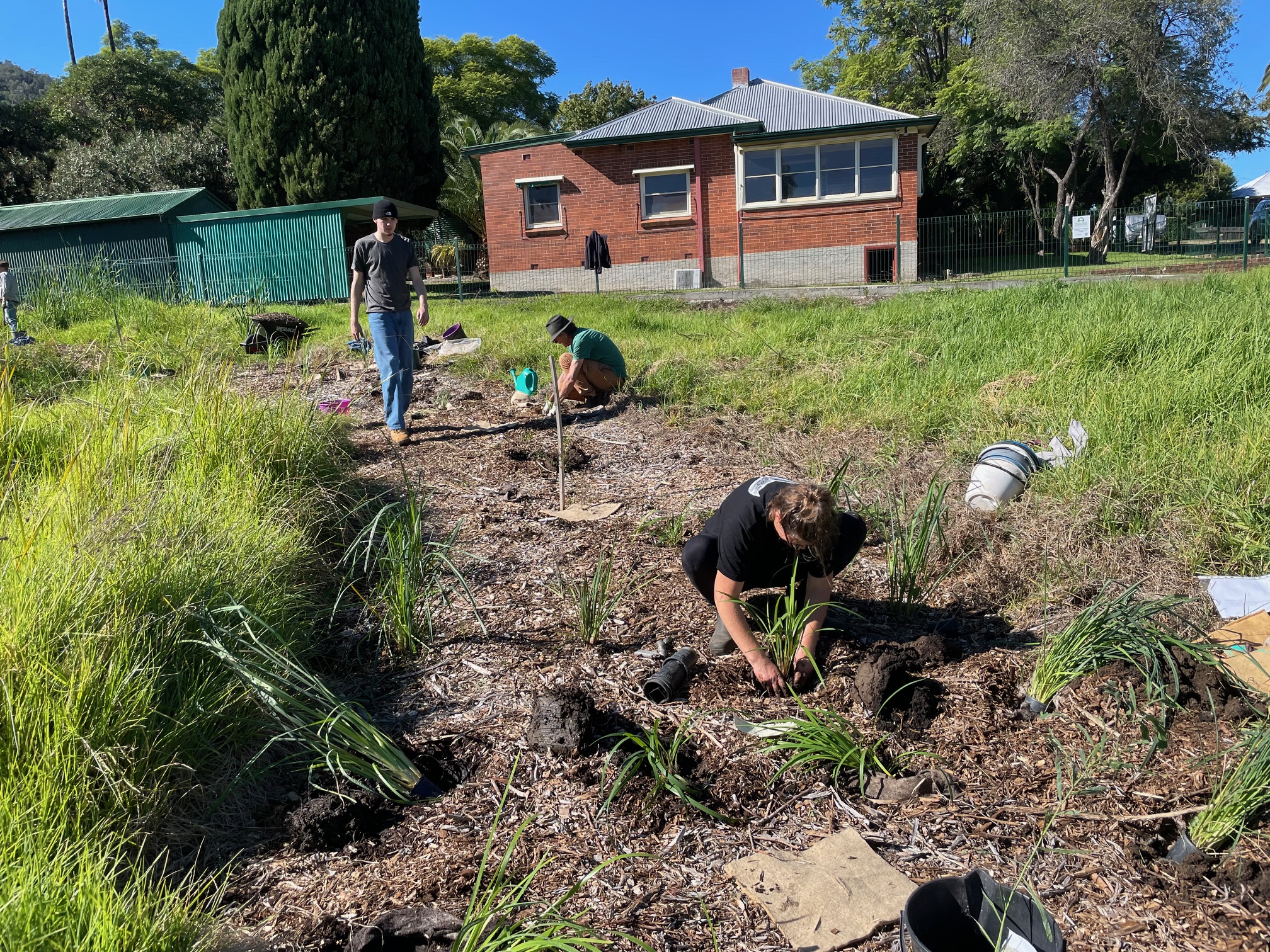
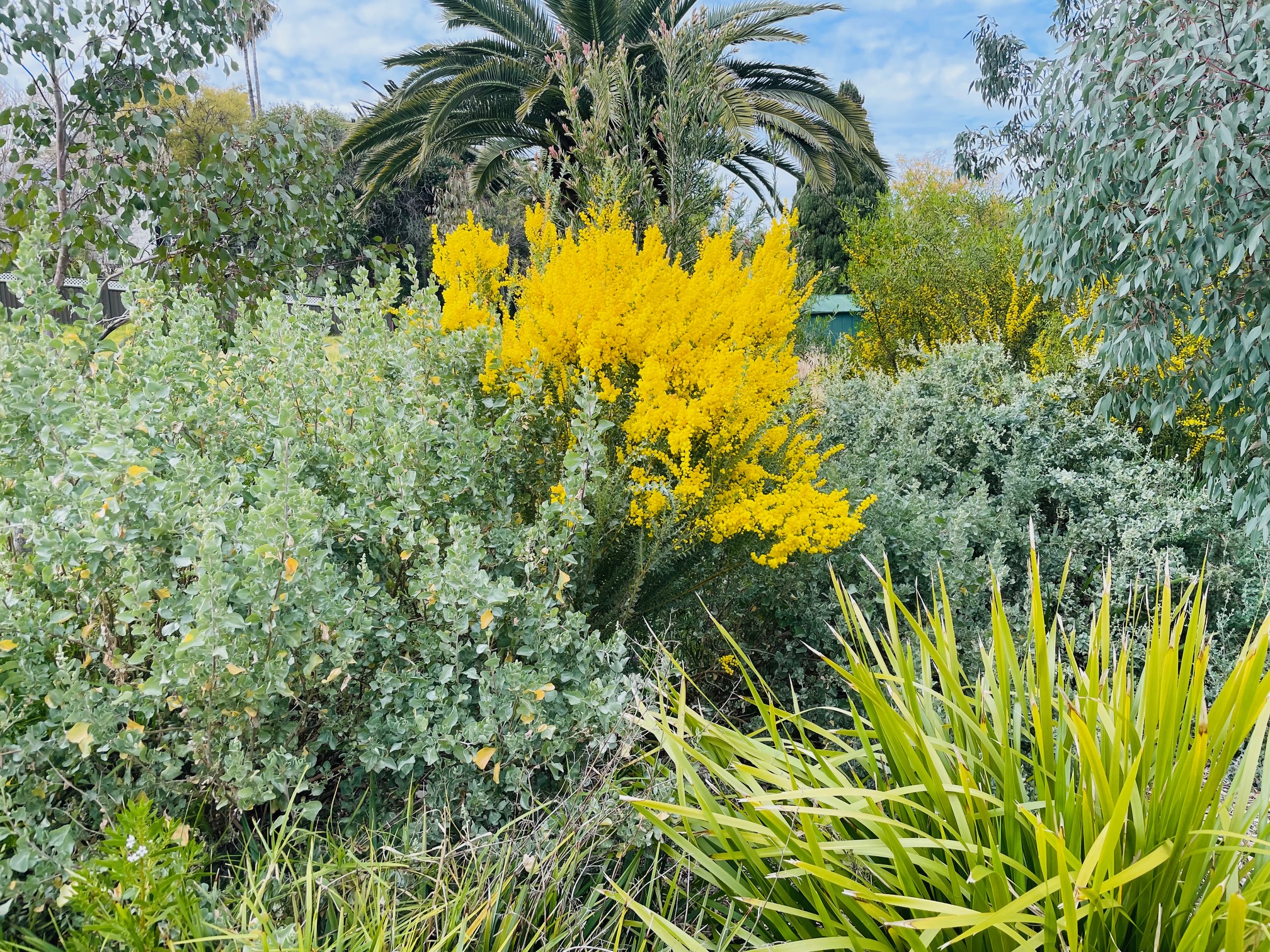
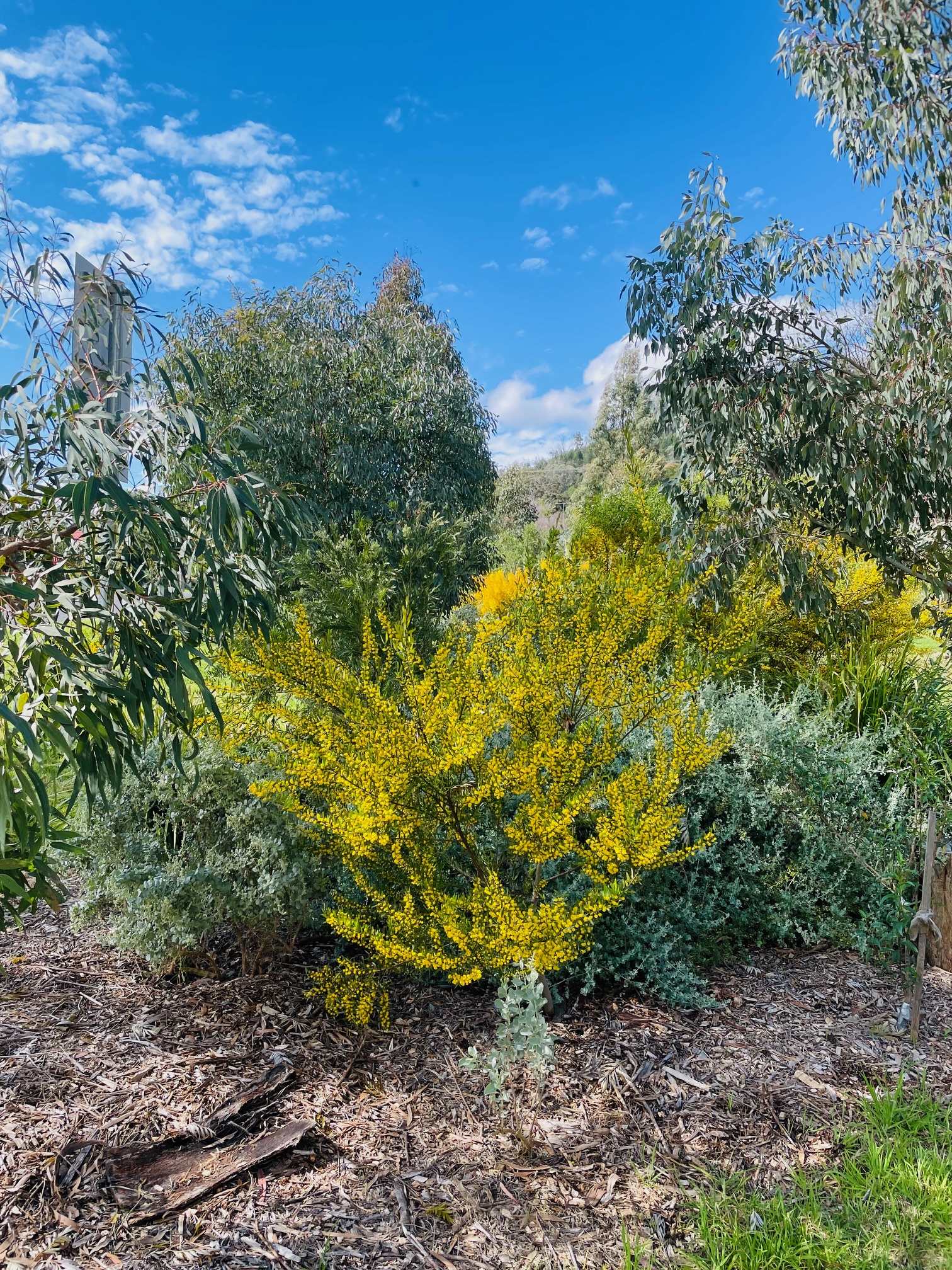
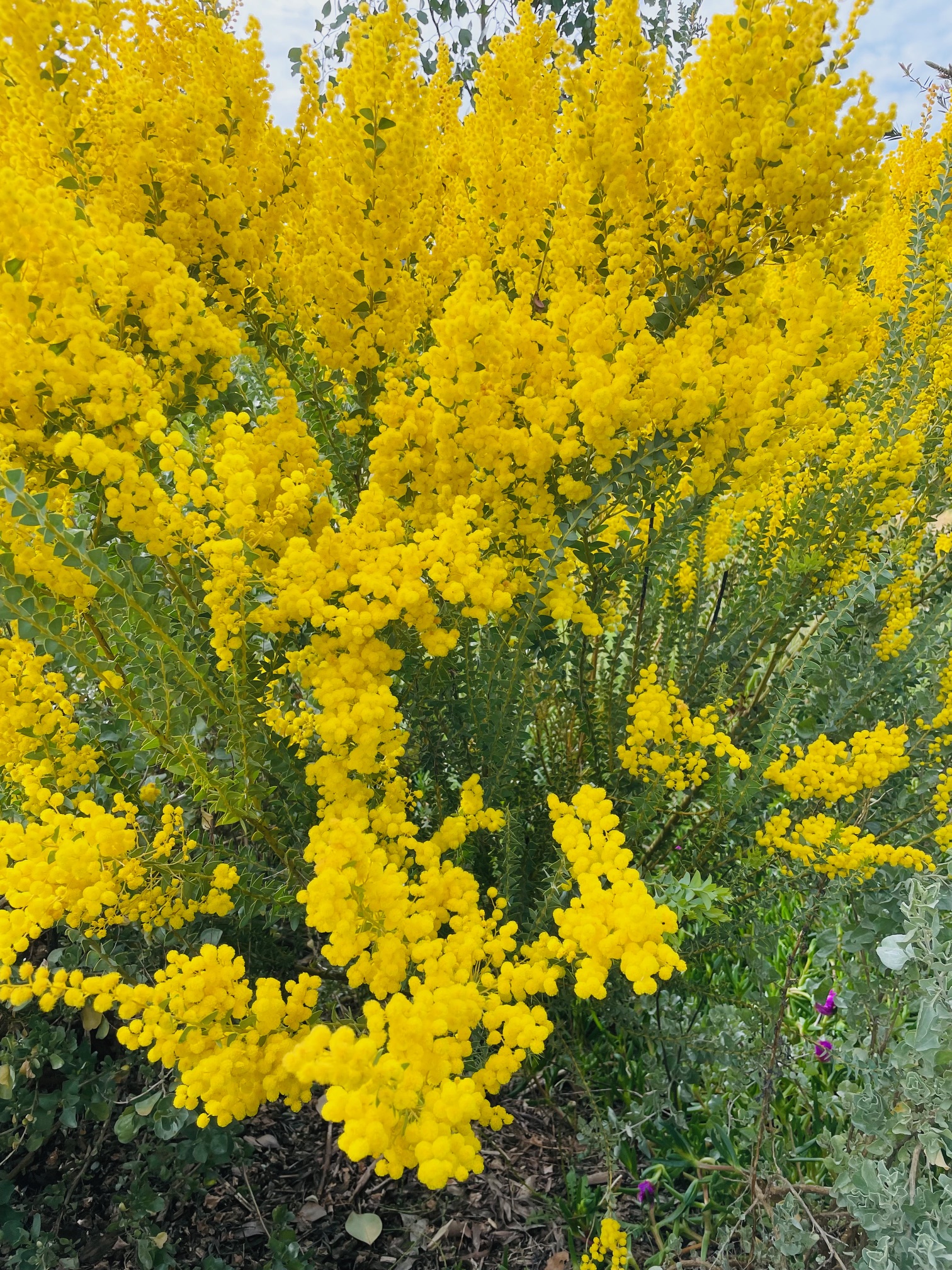
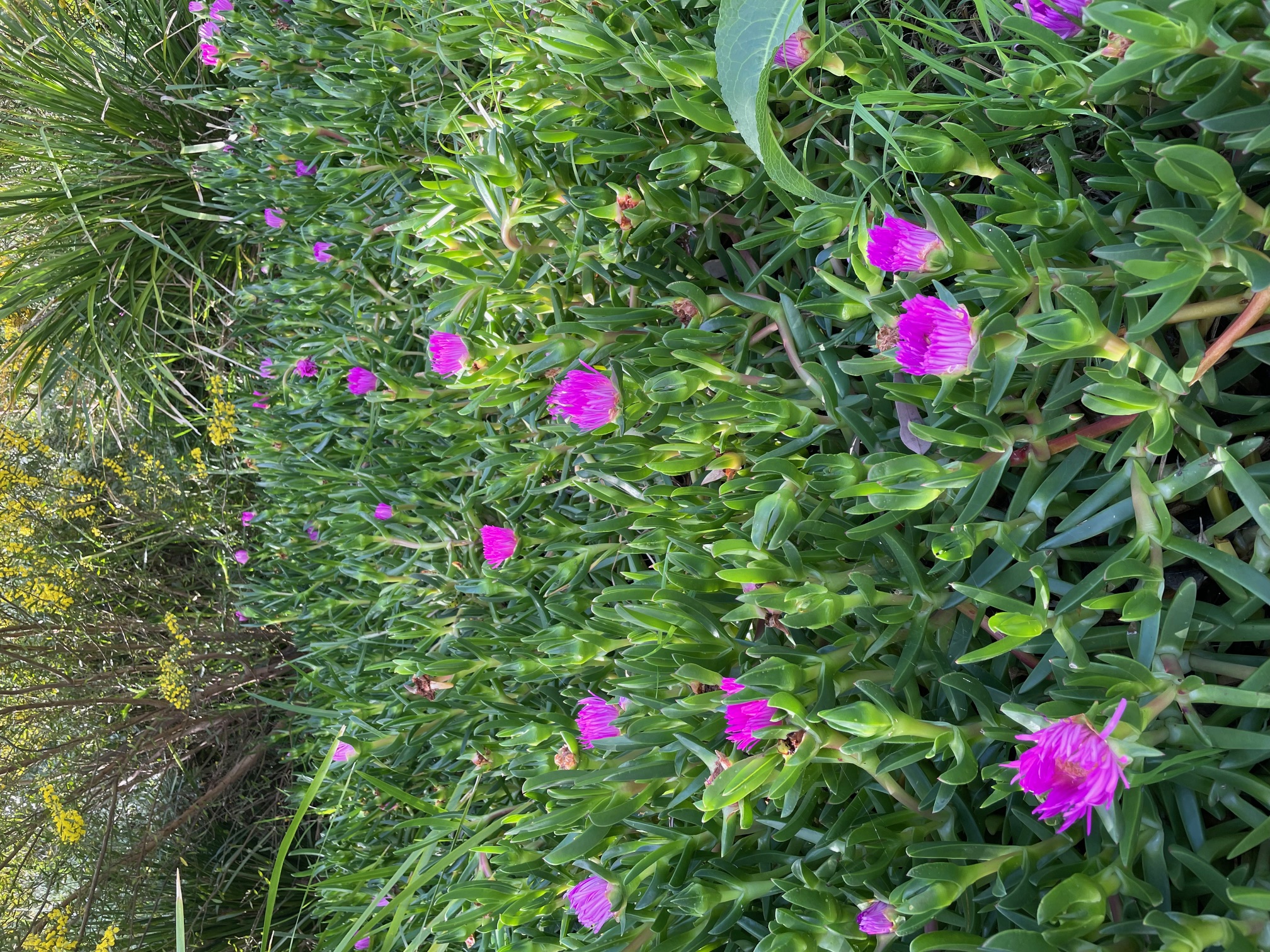
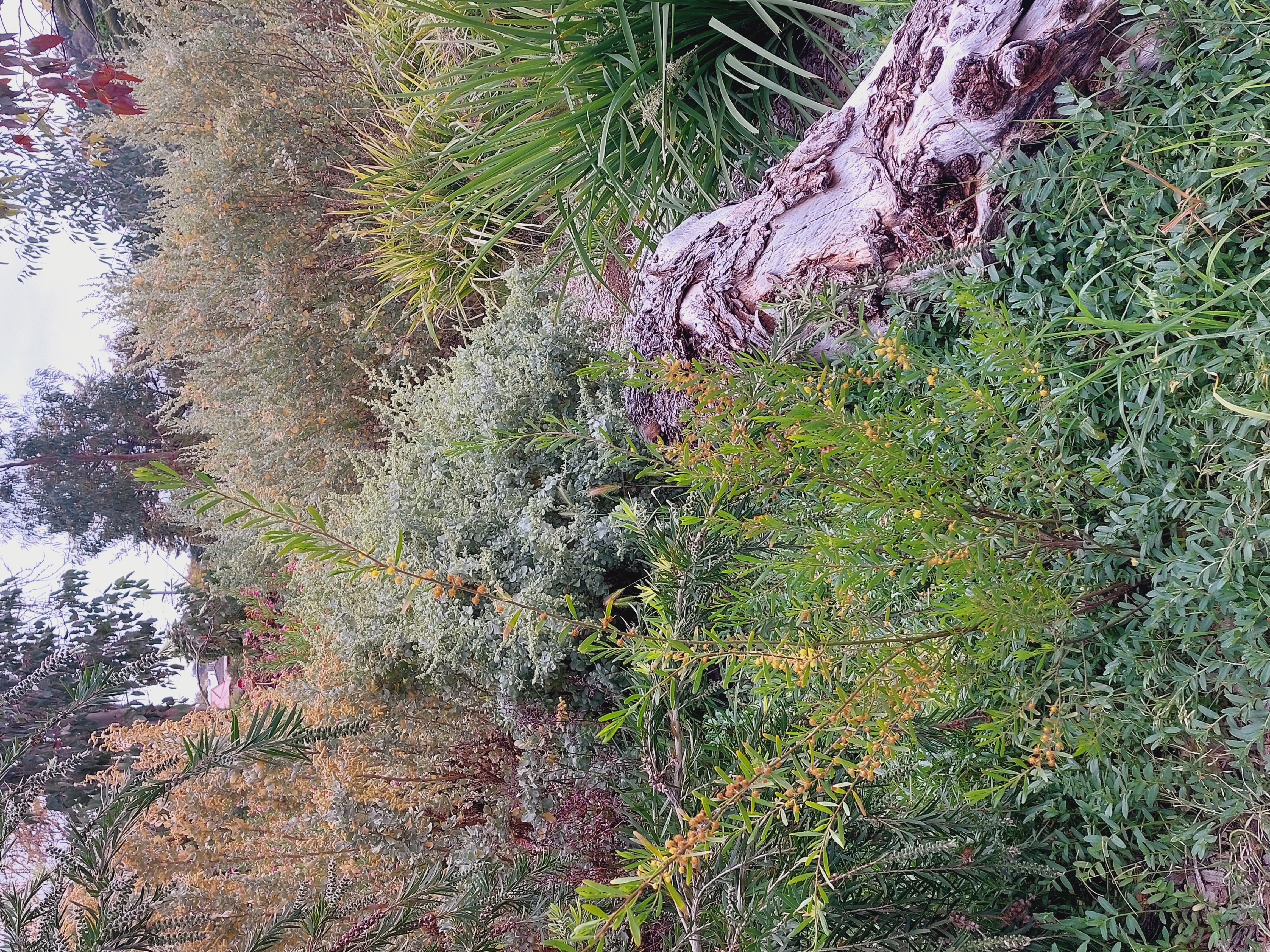
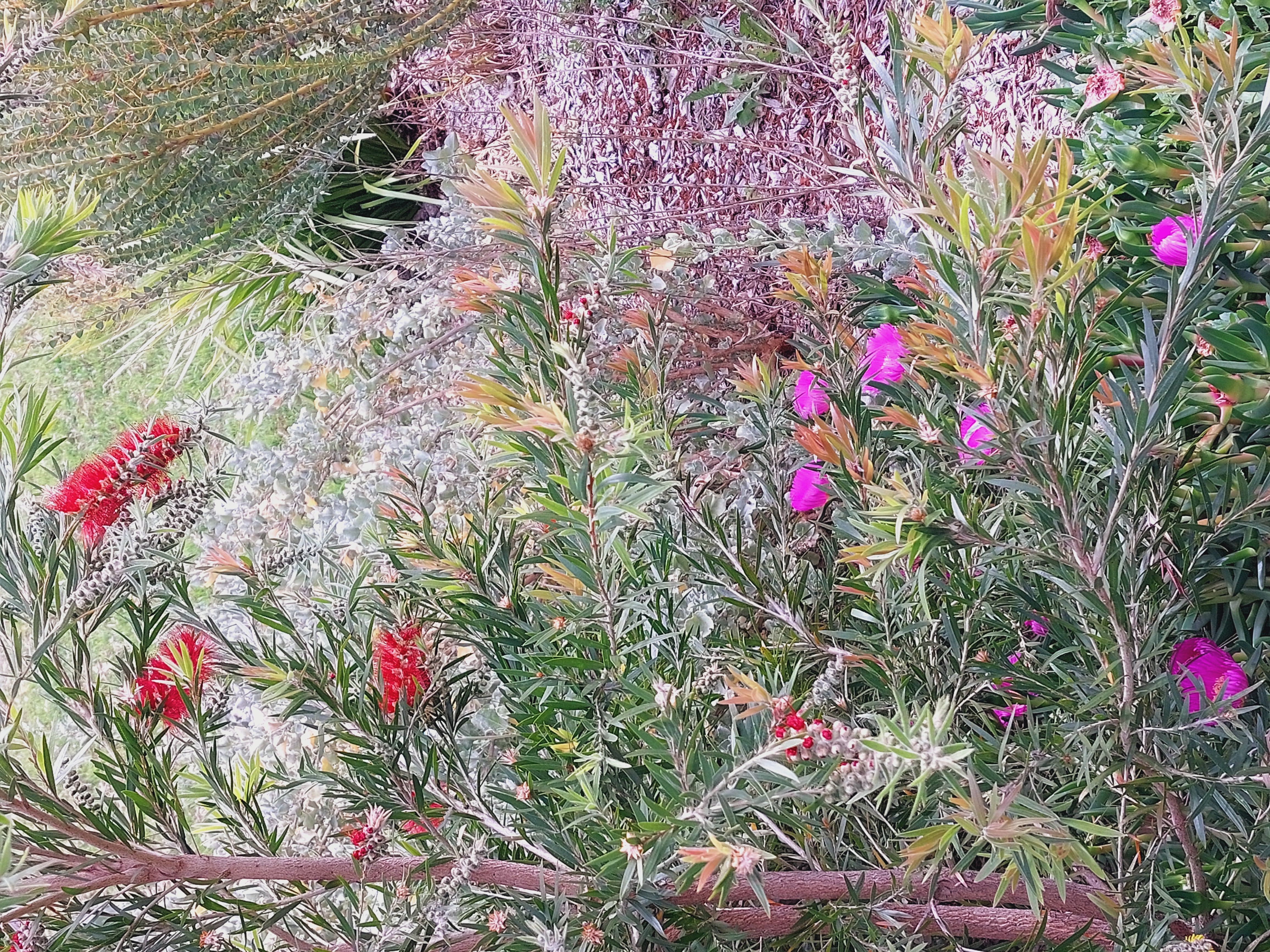
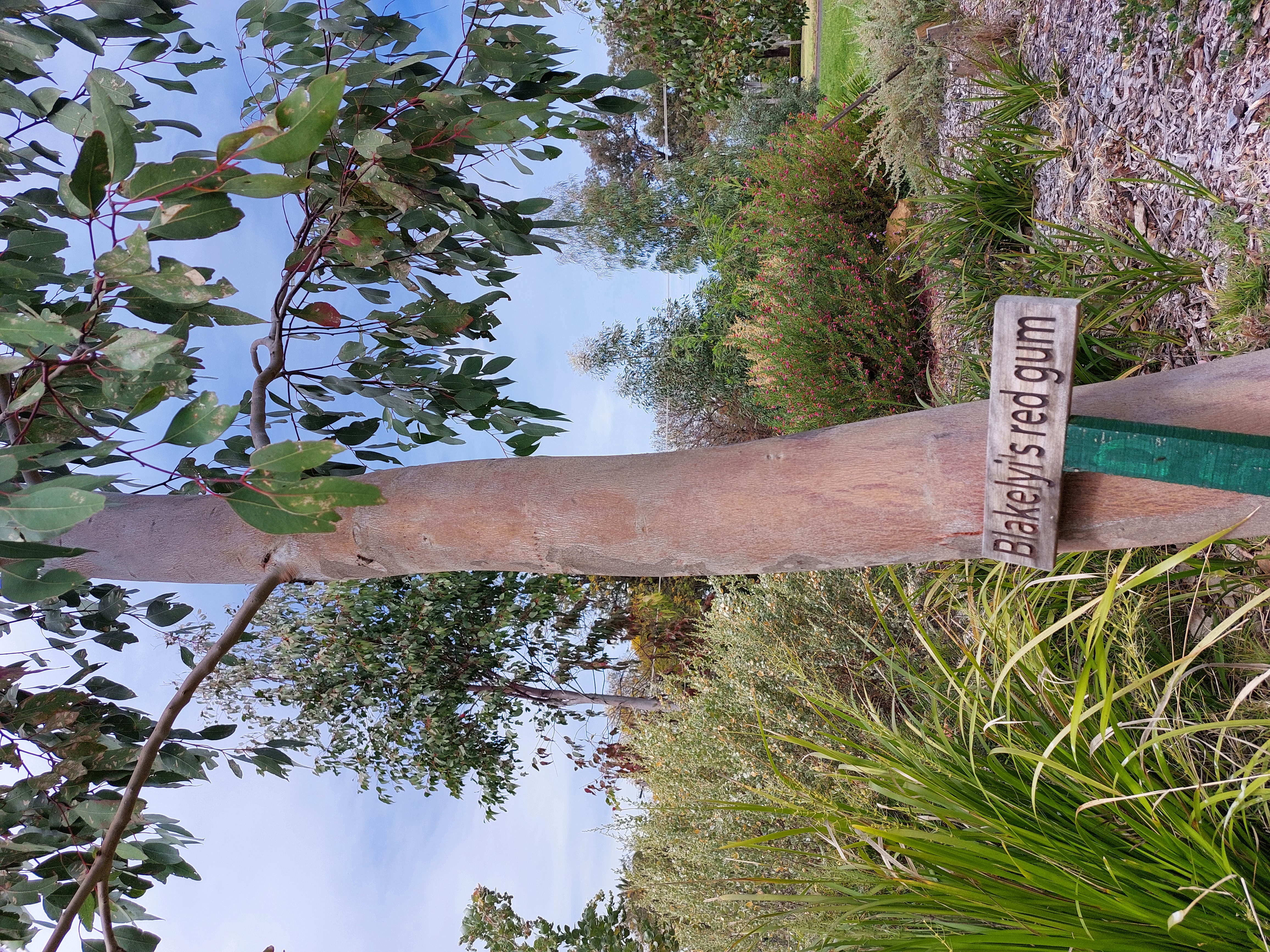
This project has numerous benefits which include:
- Supporting local biodiversity including frog conservation;
- Offering like-minded people an opportunity to meet and work together towards a positive environmental outcome;
- Creating a ‘nature learning zone’ for children e.g. for school excursions/ educational workshops/caring for country;
- Beautification of a shared public space; and
- Supporting community health and wellbeing by providing a green space for relaxation ‘next to nature’ .
Frog species at Currawong Park are identified using the Australian Museum Frog ID app. To date at least two species have been identified; Litoria peronii (Peron’s Tree Frog) and Crinia signifera (Common Eastern Froglet).
Key Facts:
Project site: ‘Currawong Park’ (corner of Raglan and Fitzroy Sts, East Tamworth).
Grant Funding: Tamworth Regional Landcare Association & Regional Australia Bank
Revegetation: Over 500 native plants (from Tamworth Landcare Nursery).
Council champion: Councilor Ryan Brooke, Tamworth Regional Council
Project Manager Penny Milson (local resident)
Frog Pond Design: Ian Lawrence, engineer & urban water expert (services donated)
Contractors/Suppliers: Wayne Cook Landscapes, Chandlers Tree Service and Bio Carbon Soil
Two-hour working bees are held regularly on weekends throughout the year (except December and January). Currawong Park Volunteers coordinator, Penny Milson notifies volunteers a few days in advance via the Currawong Park WhatsApp group (or text message if required).
We appreciate the contribution of our urban Landcarers who regularly donate their time, ensuring this evolving project continues to thrive. We appreciate the ongoing support of Council who have entrusted our volunteers with transforming this public land into something special. Council funded the initial tree planting, and continue to provide mulch and lawn mowing services on an ongoing basis.
Contact Susan Wilson, Landcare Coordinator on 0400 590 776 if you are interested in joining Currawong Park Volunteers.

.jpg)
.jpg)
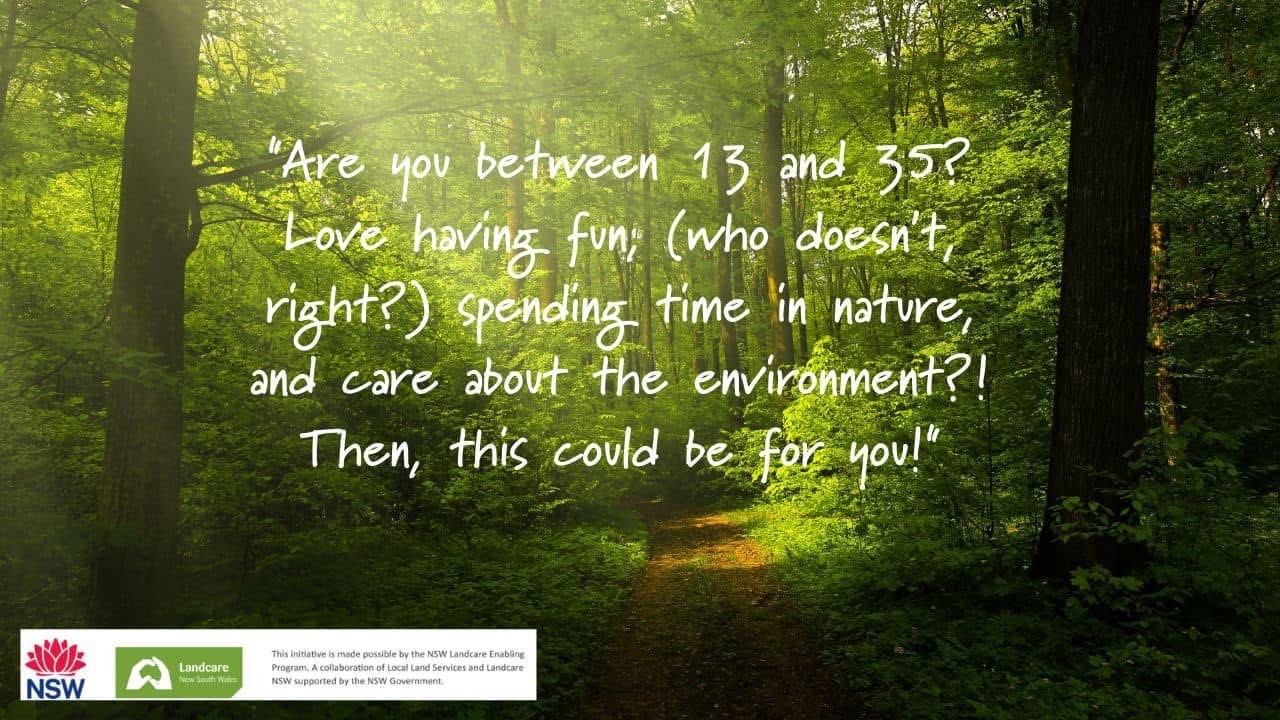
.jpg)
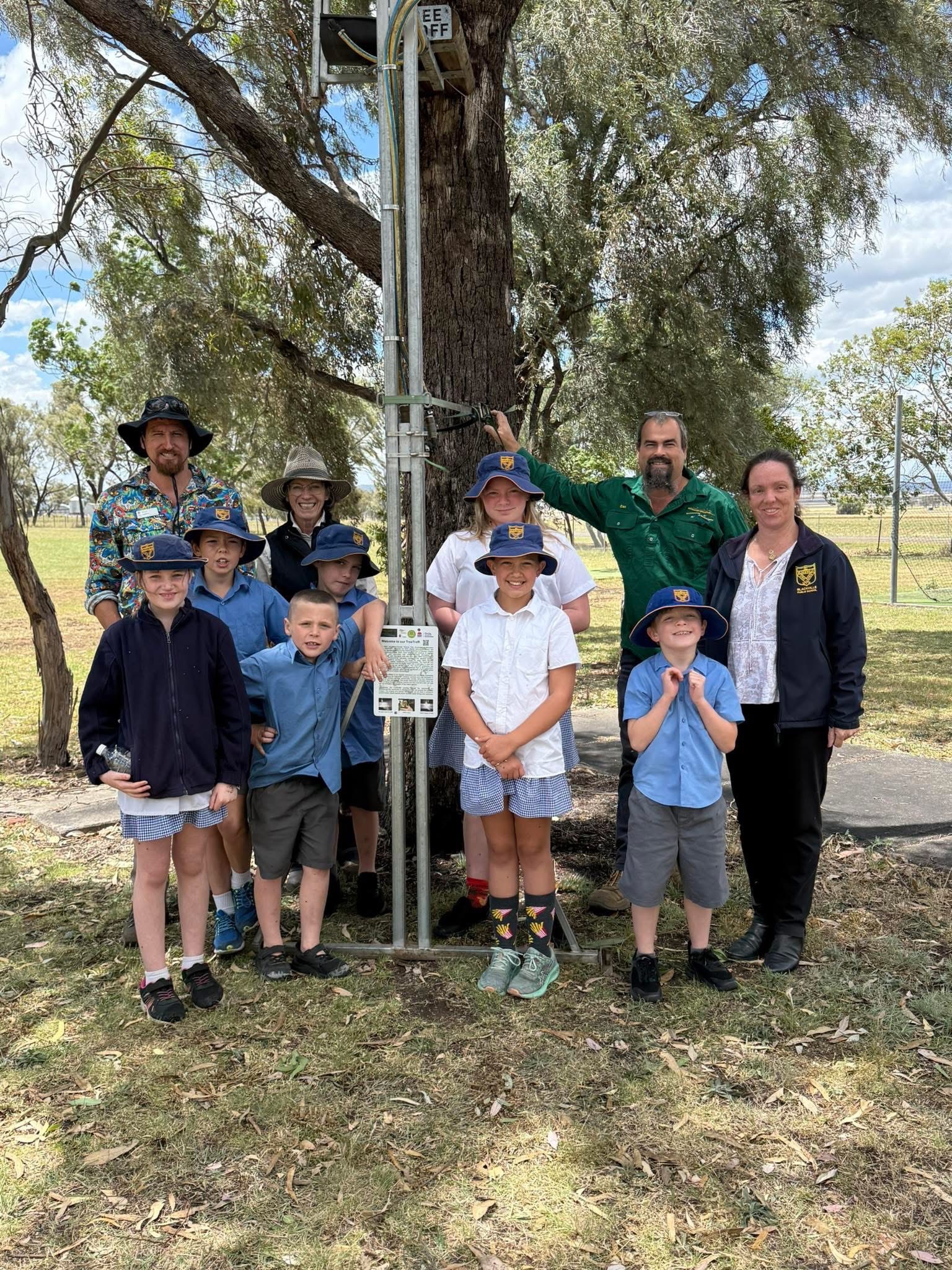
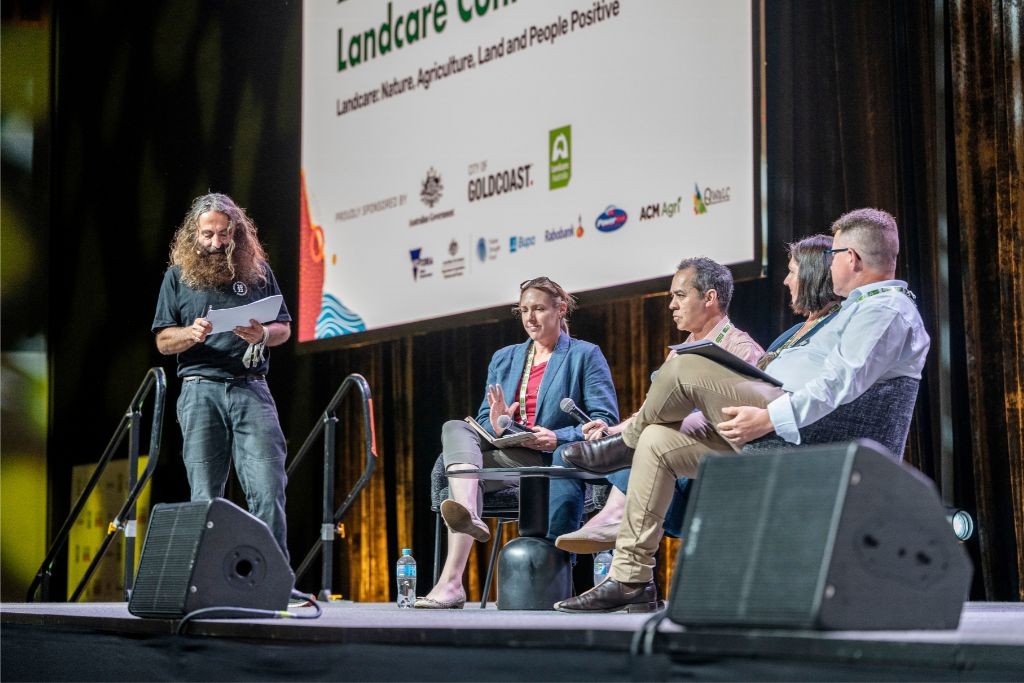

.png)
